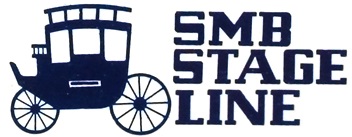Zone
Crash of a Douglas DC-10-10 in Sioux City: 111 killed
Date & Time:
Jul 19, 1989 at 1600 LT
Registration:
N1819U
Survivors:
Yes
Schedule:
Denver - Chicago - Philadelphia
MSN:
46618
YOM:
1971
Flight number:
UA232
Crew on board:
11
Crew fatalities:
Pax on board:
285
Pax fatalities:
Other fatalities:
Total fatalities:
111
Captain / Total hours on type:
7190.00
Copilot / Total hours on type:
665
Aircraft flight hours:
43401
Aircraft flight cycles:
16997
Circumstances:
United Flight 232 departed Denver-Stapleton International Airport, Colorado, USA at 14:09 CDT for a domestic flight to Chicago-O'Hare, Illinois and Philadelphia, Pennsylvania. There were 285 passengers and 11 crew members on board. The takeoff and the en route climb to the planned cruising altitude of FL370 were uneventful. The first officer was the flying pilot. About 1 hour and 7 minutes after takeoff, at 15:16, the flightcrew heard a loud bang or an explosion, followed by vibration and a shuddering of the airframe. After checking the engine instruments, the flightcrew determined that the No. 2 aft (tail-mounted) engine had failed. The captain called for the engine shutdown checklist. While performing the engine shutdown checklist, the flight engineer observed that the airplane's normal systems hydraulic pressure and quantity gauges indicated zero. The first officer advised that he could not control the airplane as it entered a right descending turn. The captain took control of the airplane and confirmed that it did not respond to flight control inputs. The captain reduced thrust on the No. 1 engine, and the airplane began to roll to a wings-level attitude. The flightcrew deployed the air driven generator (ADG), which powers the No. 1 auxiliary hydraulic pump, and the hydraulic pump was selected "on." This action did not restore hydraulic power. At 15:20, the flightcrew radioed the Minneapolis Air Route Traffic Control Center (ARTCC) and requested emergency assistance and vectors to the nearest airport. Initially, Des Moines International Airport was suggested by ARTCC. At 15:22, the air traffic controller informed the flightcrew that they were proceeding in the direction of Sioux City; the controller asked the flightcrew if they would prefer to go to Sioux City. The flightcrew responded, "affirmative." They were then given vectors to the Sioux Gateway Airport (SUX) at Sioux City, Iowa. A UAL DC-10 training check airman, who was off duty and seated in a first class passenger seat, volunteered his assistance and was invited to the cockpit at about 15:29. At the request of the captain, the check airman entered the passenger cabin and performed a visual inspection of the airplane's wings. Upon his return, he reported that the inboard ailerons were slightly up, not damaged, and that the spoilers were locked down. There was no movement of the primary flight control surfaces. The captain then directed the check airman to take control of the throttles to free the captain and first officer to manipulate the flight controls. The check airman attempted to use engine power to control pitch and roll. He said that the airplane had a continuous tendency to turn right, making it difficult to maintain a stable pitch attitude. He also advised that the No. 1 and No. 3 engine thrust levers could not be used symmetrically, so he used two hands to manipulate the two throttles. About 15:42, the flight engineer was sent to the passenger cabin to inspect the empennage visually. Upon his return, he reported that he observed damage to the right and left horizontal stabilizers. Fuel was jettisoned to the level of the automatic system cutoff, leaving 33,500 pounds. About 11 minutes before landing, the landing gear was extended by means of the alternate gear extension procedure. The flightcrew said that they made visual contact with the airport about 9 miles out. ATC had intended for flight 232 to attempt to land on runway 31, which was 8,999 feet long. However, ATC advised that the airplane was on approach to runway 22, which was closed, and that the length of this runway was 6,600 feet. Given the airplane's position and the difficulty in making left turns, the captain elected to continue the approach to runway 22 rather than to attempt maneuvering to runway 31. The check airman said that he believed the airplane was lined up and on a normal glidepath to the field. The flaps and slats remained retracted. During the final approach, the captain recalled getting a high sink rate alarm from the ground proximity warning system (GPWS). In the last 20 seconds before touchdown, the airspeed averaged 215 KIAS, and the sink rate was 1,620 feet per minute. Smooth oscillations in pitch and roll continued until just before touchdown when the right wing dropped rapidly. The captain stated that about 100 feet above the ground the nose of the airplane began to pitch downward. He also felt the right wing drop down about the same time. Both the captain and the first officer called for reduced power on short final approach. The check airman said that based on experience with no flap/no slat approaches he knew that power would have to be used to control the airplane's descent. He used the first officer's airspeed indicator and visual cues to determine the flightpath and the need for power changes. He thought that the airplane was fairly well aligned with the runway during the latter stages of the approach and that they would reach the runway. Soon thereafter, he observed that the airplane was positioned to the left of the desired landing area and descending at a high rate. He also observed that the right wing began to drop. He continued to manipulate the No. 1 and No. 3 engine throttles until the airplane contacted the ground. He said that no steady application of power was used on the approach and that the power was constantly changing. He believed that he added power just before contacting the ground. The airplane touched down on the threshold slightly to the left of the centerline on runway 22 at 16:00. First ground contact was made by the right wing tip followed by the right main landing gear. The airplane skidded to the right of the runway and rolled to an inverted position. Witnesses observed the airplane ignite and cartwheel, coming to rest after crossing runway 17/35. Firefighting and rescue operations began immediately, but the airplane was destroyed by impact and fire. The accident resulted in 111 fatal, 47 serious, and 125 minor injuries. The remaining 13 occupants were not injured.
Probable cause:
Inadequate consideration given to human factors limitations in the inspection and quality control procedures used by United Airlines' engine overhaul facility which resulted in the failure to detect a fatigue crack originating from a previously undetected metallurgical defect located in a critical area of the stage 1 fan disk that was manufactured by General Electric Aircraft Engines. The subsequent catastrophic disintegration of the disk resulted in the liberation of debris in a pattern of distribution and with energy levels that exceeded the level of protection provided by design features of the hydraulic systems that operate the DC-10's flight controls.
Final Report:
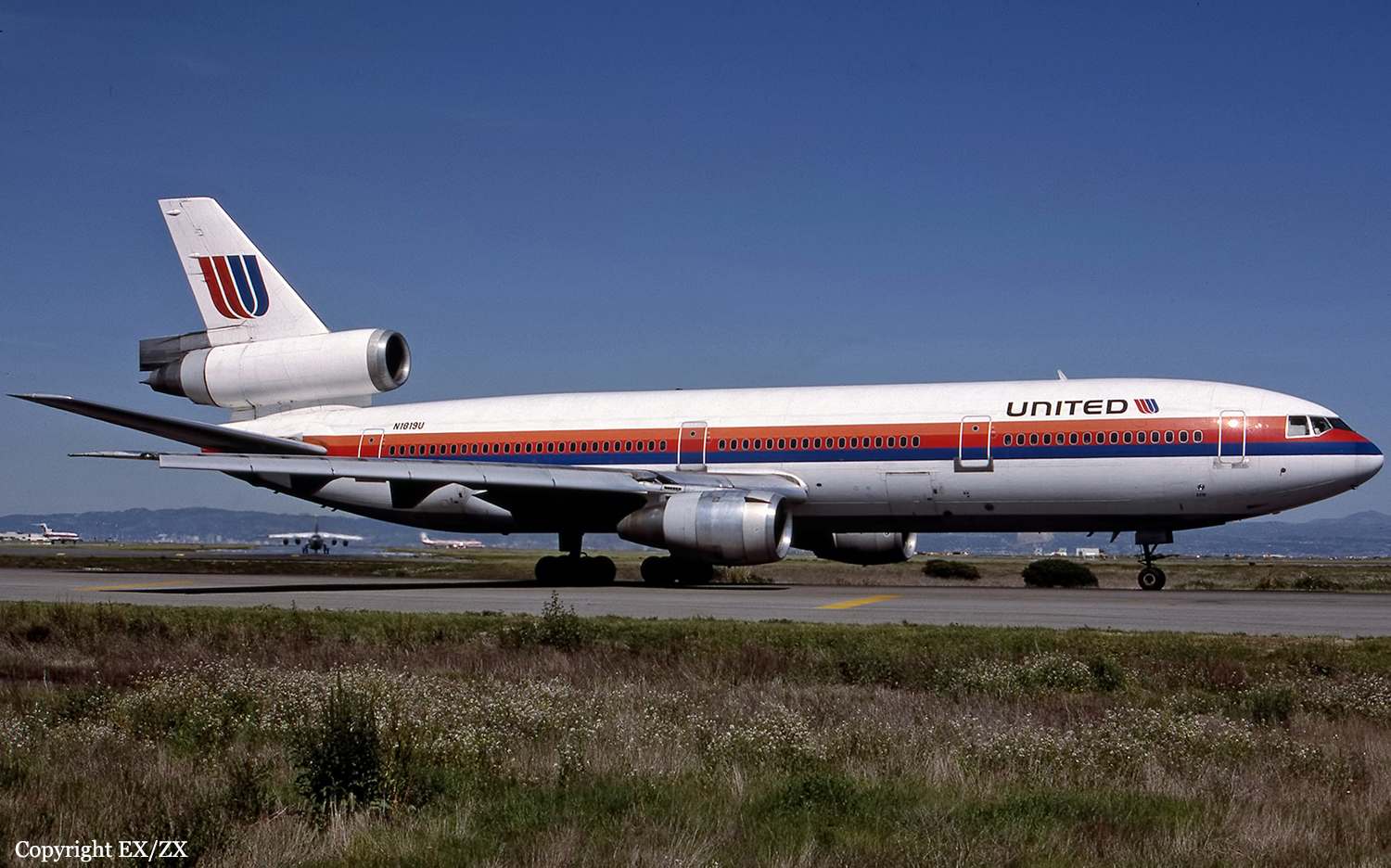
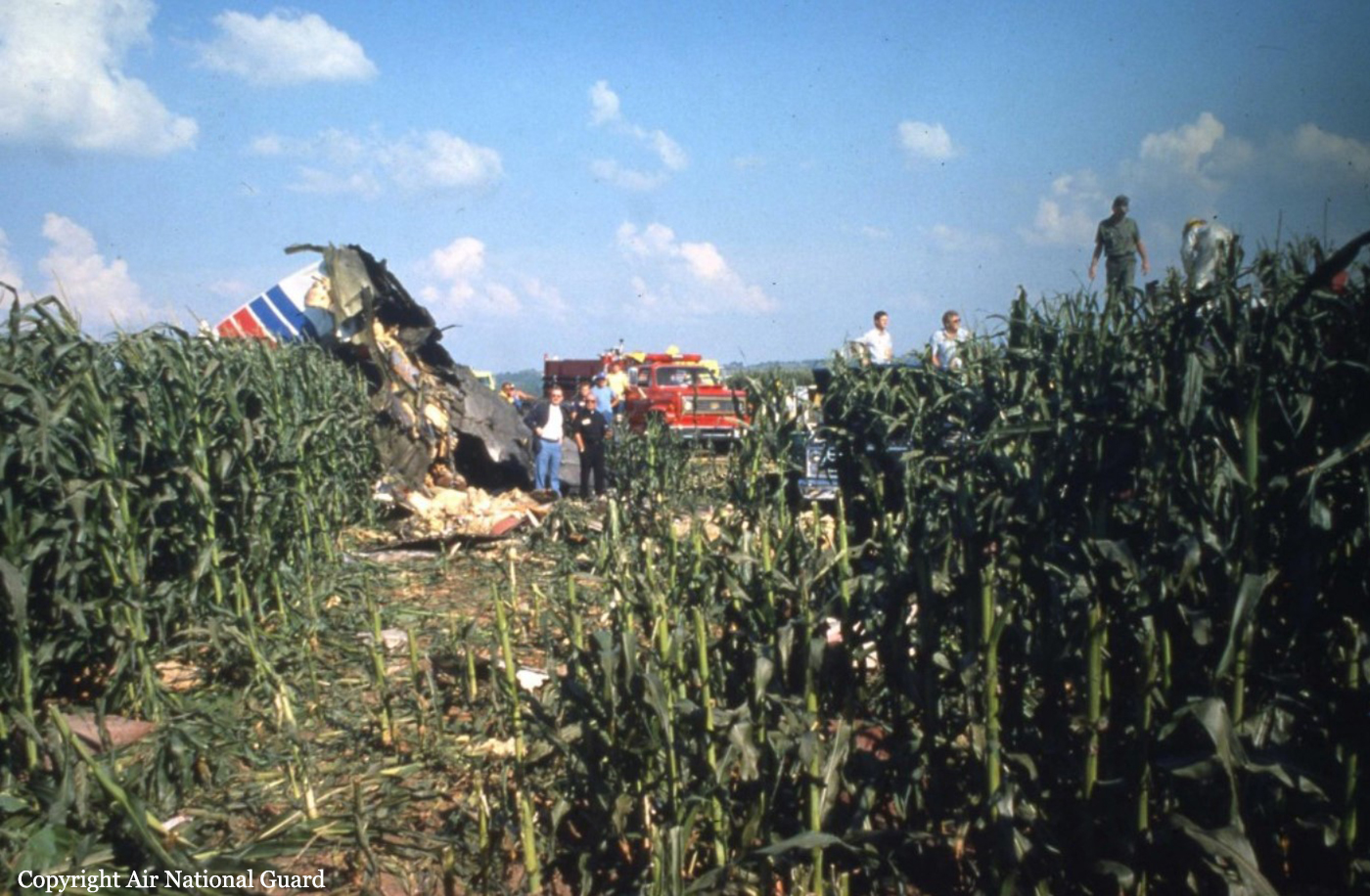
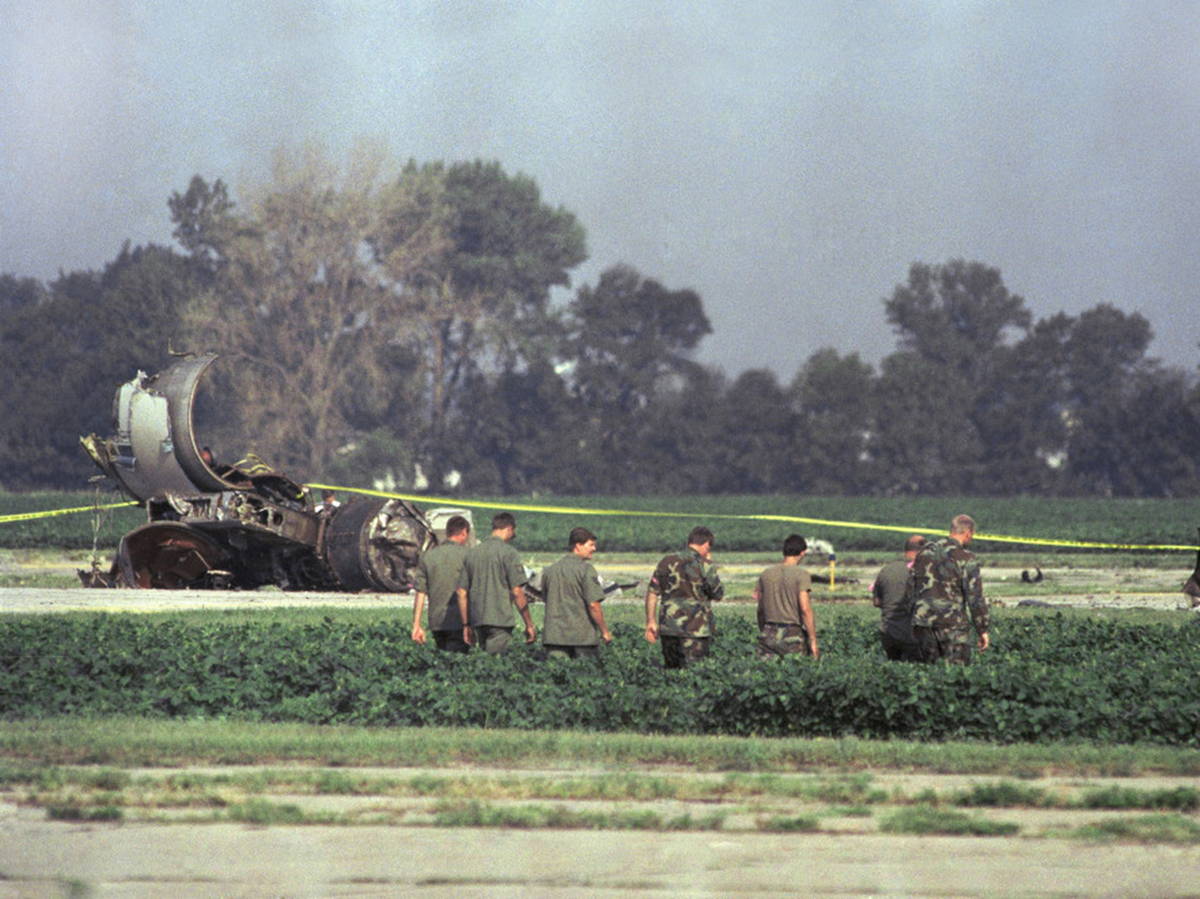
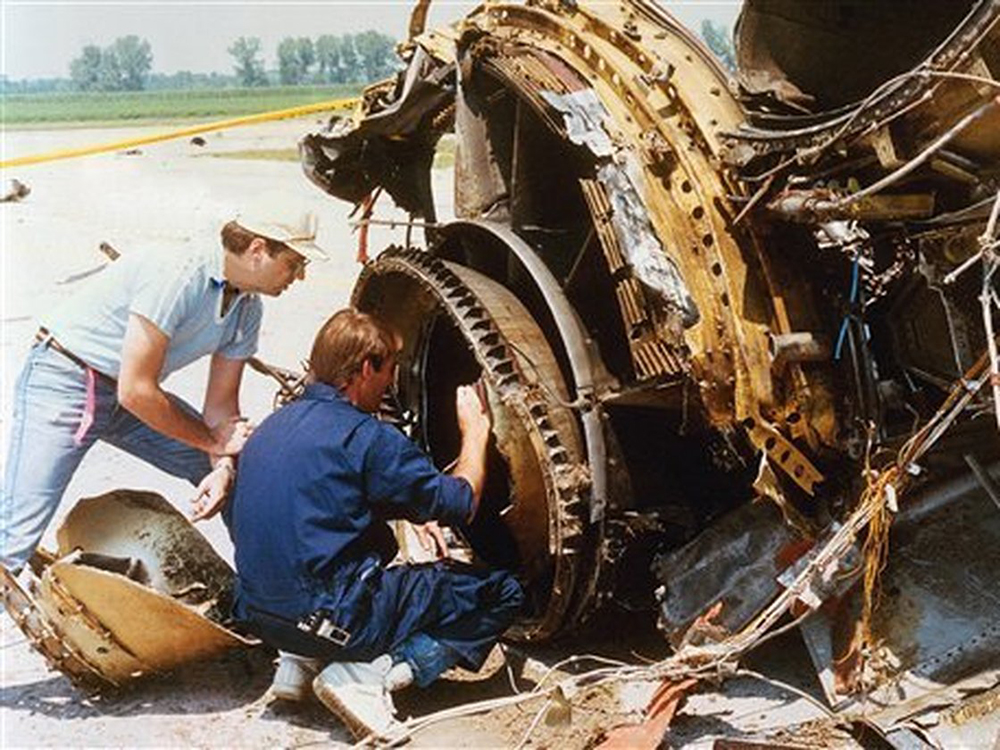
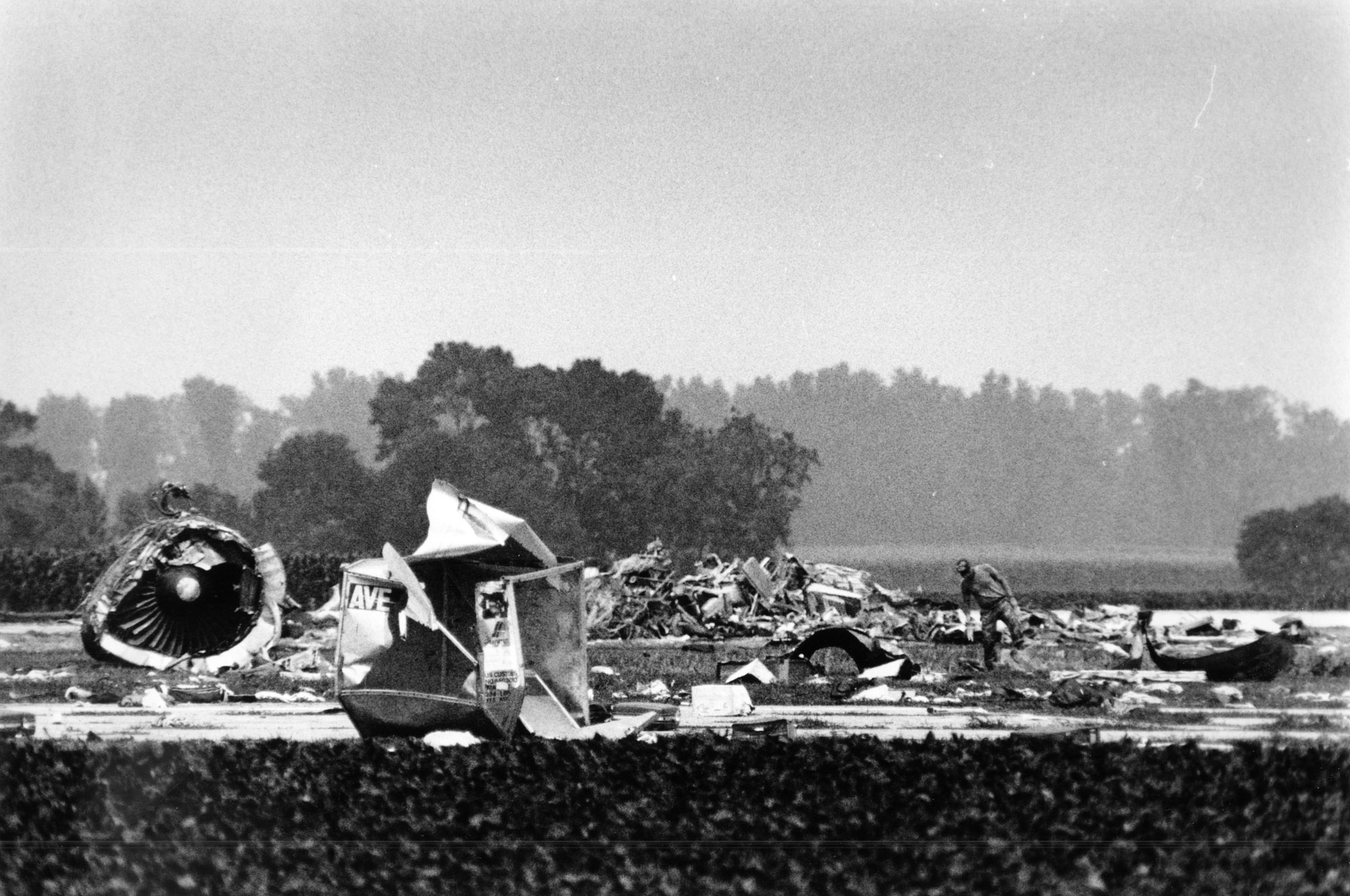

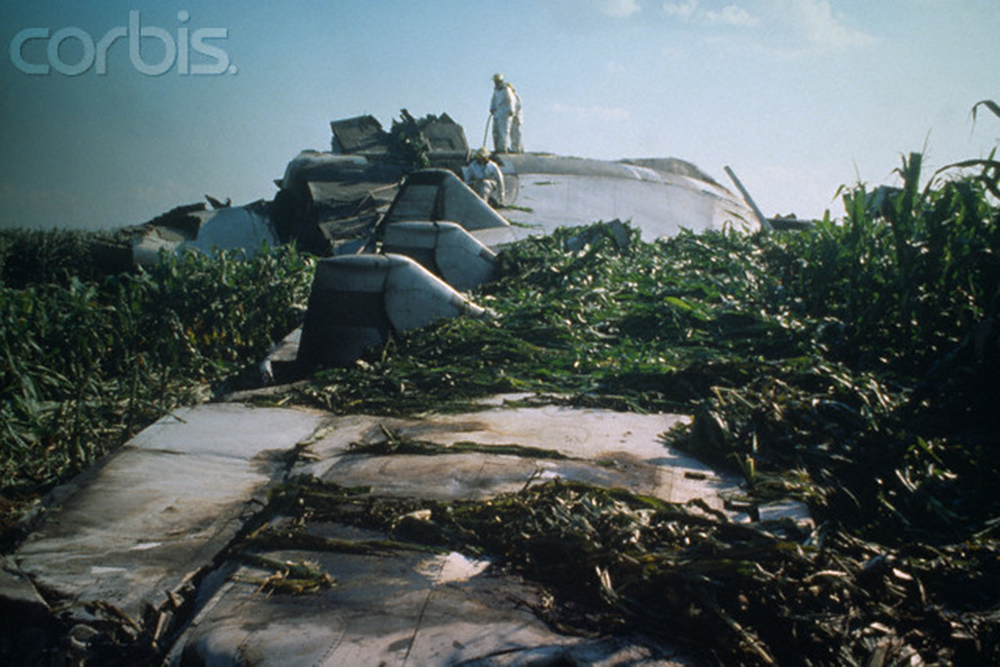
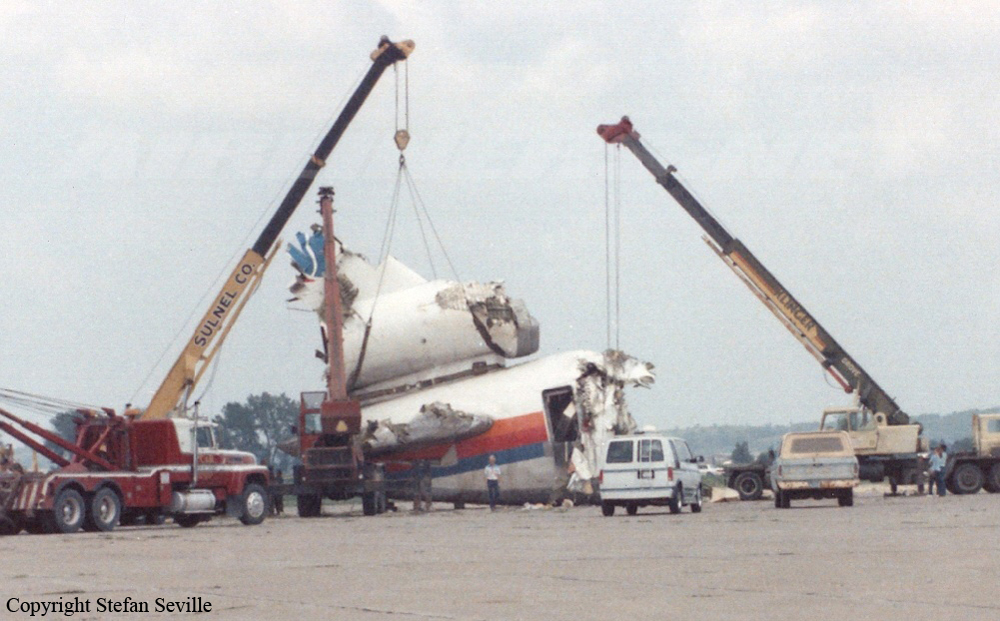
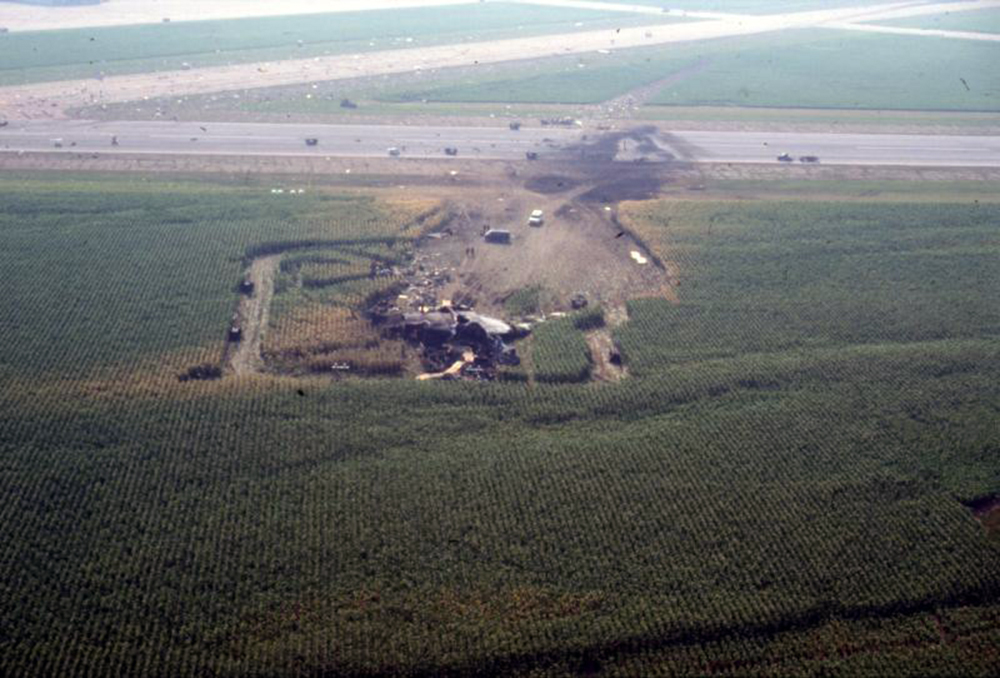
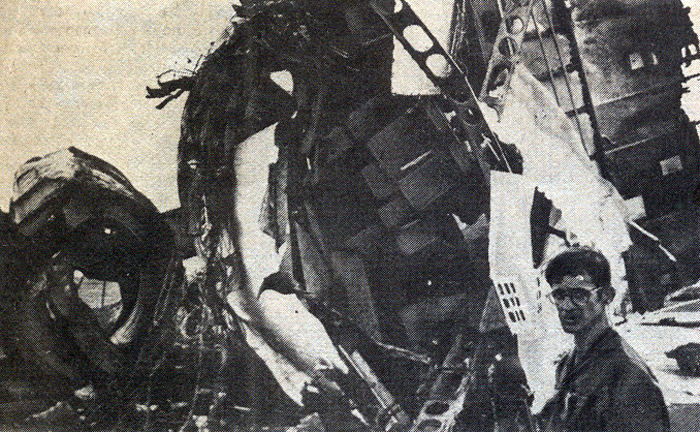
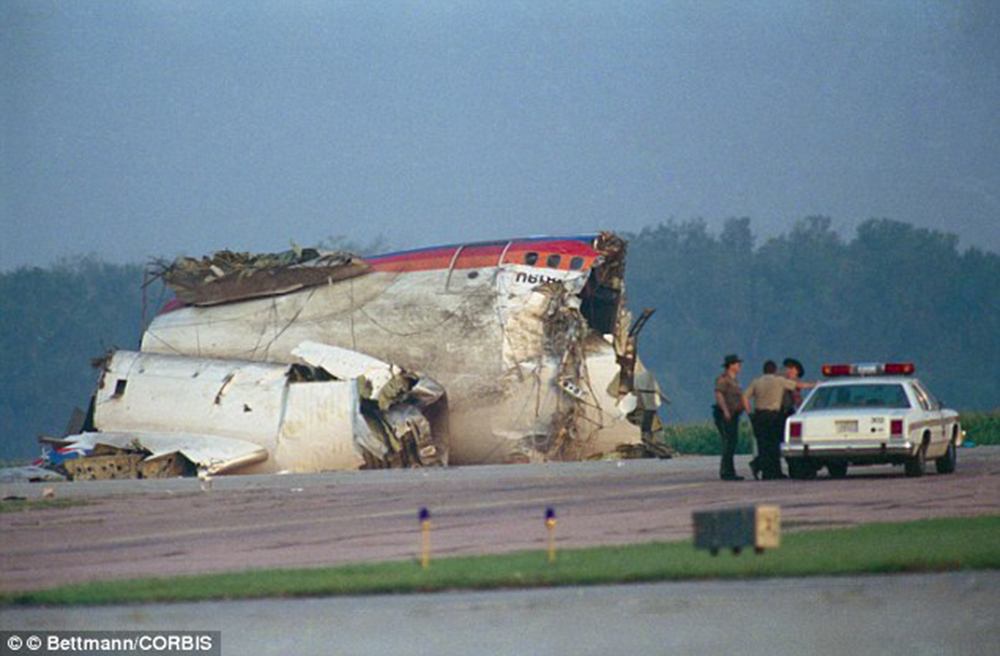
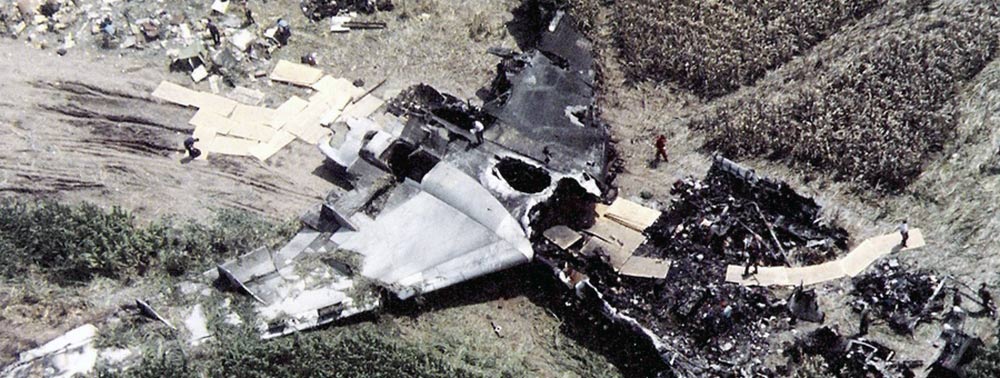
Crash of a Boeing 727-31 in Chicago
Date & Time:
Aug 27, 1988 at 1650 LT
Registration:
N852TW
Survivors:
Yes
Schedule:
Saint Louis - Chicago
MSN:
18571
YOM:
1964
Crew on board:
6
Crew fatalities:
Pax on board:
62
Pax fatalities:
Other fatalities:
Total fatalities:
0
Captain / Total hours on type:
6411.00
Aircraft flight hours:
56099
Circumstances:
Scheduled domestic part 121 flight could not get landing gear to extend on approach to Chicago-Midway Airport. After missed approach, crew tried unsuccessfully to extend gear manually using procedures in cockpit checklist and flight operations manual. Emergency gear-up landing was made at Chicago-O'Hare International Airport. Investigation revealed a disconnected gear selector actuating rod from the normal landing gear retract/extension actuating assembly. Crew damaged manual gear extension mechanism in manual extension attempts. FAA approved procedural checklist had omitted critical step in manual gear extension procedure.
Probable cause:
Improper procedural checklist in which a critical step was not listed.
Findings
Occurrence #1: airframe/component/system failure/malfunction
Phase of operation: approach - faf/outer marker to threshold (ifr)
Findings
1. Landing gear, normal retraction/extension assembly - inoperative
2. (c) missed approach - performed
3. (f) checklist - inaccurate - company/operator management
4. (c) procedures/directives - improper - company/operator management
5. (c) condition(s)/step(s) not listed - faa (principal maintenance inspector)
----------
Occurrence #2: gear not extended
Phase of operation: landing
Findings
6. Wheels up landing - performed - pilot in command
Findings
Occurrence #1: airframe/component/system failure/malfunction
Phase of operation: approach - faf/outer marker to threshold (ifr)
Findings
1. Landing gear, normal retraction/extension assembly - inoperative
2. (c) missed approach - performed
3. (f) checklist - inaccurate - company/operator management
4. (c) procedures/directives - improper - company/operator management
5. (c) condition(s)/step(s) not listed - faa (principal maintenance inspector)
----------
Occurrence #2: gear not extended
Phase of operation: landing
Findings
6. Wheels up landing - performed - pilot in command
Final Report:
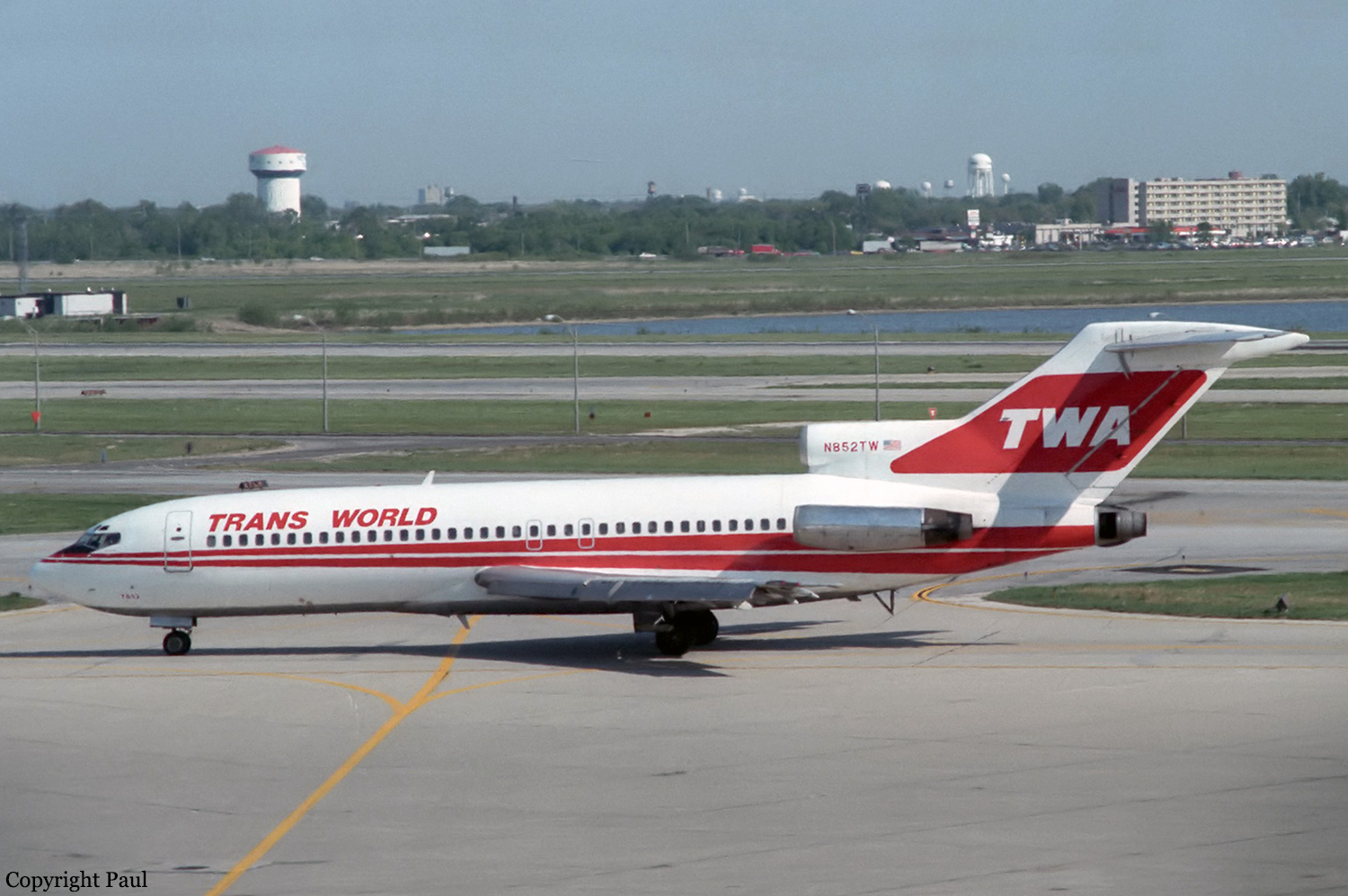
Crash of a Convair CV-640 in Bartlesville
Date & Time:
Oct 28, 1987 at 0734 LT
Registration:
N3411
Survivors:
Yes
Schedule:
Chicago - Oklahoma City
MSN:
31
YOM:
1966
Crew on board:
2
Crew fatalities:
Pax on board:
0
Pax fatalities:
Other fatalities:
Total fatalities:
0
Captain / Total hours on type:
2480.00
Aircraft flight hours:
44764
Circumstances:
The captain was cross-feeding both engines from the right tank while the first officer (f/o) was flying, without informing the f/o. The captain then left the cockpit while cross-feeding. Both tank valves and the right boost pump were on. The right tank ran dry, the right engine failed, and the prop autofeathered while the captain was absent. The captain returned, turned on the left boost pump, but left the right boost pump and the valves open, and attempted to restart the right engine. The left engine then failed but this was not recognized by the crew. The electrical system failed due to the attempted restarts and the fact that nonessential equipment was not turned off. The captain did not apply sufficient pull to the emergency gear handle to lower the gear manually. The aircraft was landed on a short wet sod runway, with the gear and flaps up, at a high rate of speed. The aircraft ran off the end of the runway, through a ditch, across a road, and into trees. Both pilots escaped uninjured.
Probable cause:
Occurrence #1: loss of engine power (total) - nonmechanical
Phase of operation: cruise - normal
Findings
1. (c) 1 engine
2. Fluid, fuel - starvation
3. (c) fuel tank selector position - inattentive - pilot in command
4. (c) crew/group coordination - improper - pilot in command
5. (f) in-flight planning/decision - improper - pilot in command
----------
Occurrence #2: loss of engine power (total) - nonmechanical
Phase of operation: cruise - normal
Findings
6. (c) all engines
7. (c) fluid, fuel - starvation
8. (c) emergency procedure - improper - pilot in command
9. (f) checklist - inadequate - company/operator management
----------
Occurrence #3: forced landing
Phase of operation: descent - emergency
Findings
10. Airspeed - excessive - copilot/second pilot
----------
Occurrence #4: gear not extended
Phase of operation: landing
Findings
11. (c) gear extension - improper use of - pilot in command
12. (f) electrical system - deteriorated
----------
Occurrence #5: on ground/water collision with object
Phase of operation: landing
Findings
13. (f) terrain condition - ditch
Phase of operation: cruise - normal
Findings
1. (c) 1 engine
2. Fluid, fuel - starvation
3. (c) fuel tank selector position - inattentive - pilot in command
4. (c) crew/group coordination - improper - pilot in command
5. (f) in-flight planning/decision - improper - pilot in command
----------
Occurrence #2: loss of engine power (total) - nonmechanical
Phase of operation: cruise - normal
Findings
6. (c) all engines
7. (c) fluid, fuel - starvation
8. (c) emergency procedure - improper - pilot in command
9. (f) checklist - inadequate - company/operator management
----------
Occurrence #3: forced landing
Phase of operation: descent - emergency
Findings
10. Airspeed - excessive - copilot/second pilot
----------
Occurrence #4: gear not extended
Phase of operation: landing
Findings
11. (c) gear extension - improper use of - pilot in command
12. (f) electrical system - deteriorated
----------
Occurrence #5: on ground/water collision with object
Phase of operation: landing
Findings
13. (f) terrain condition - ditch
Final Report:
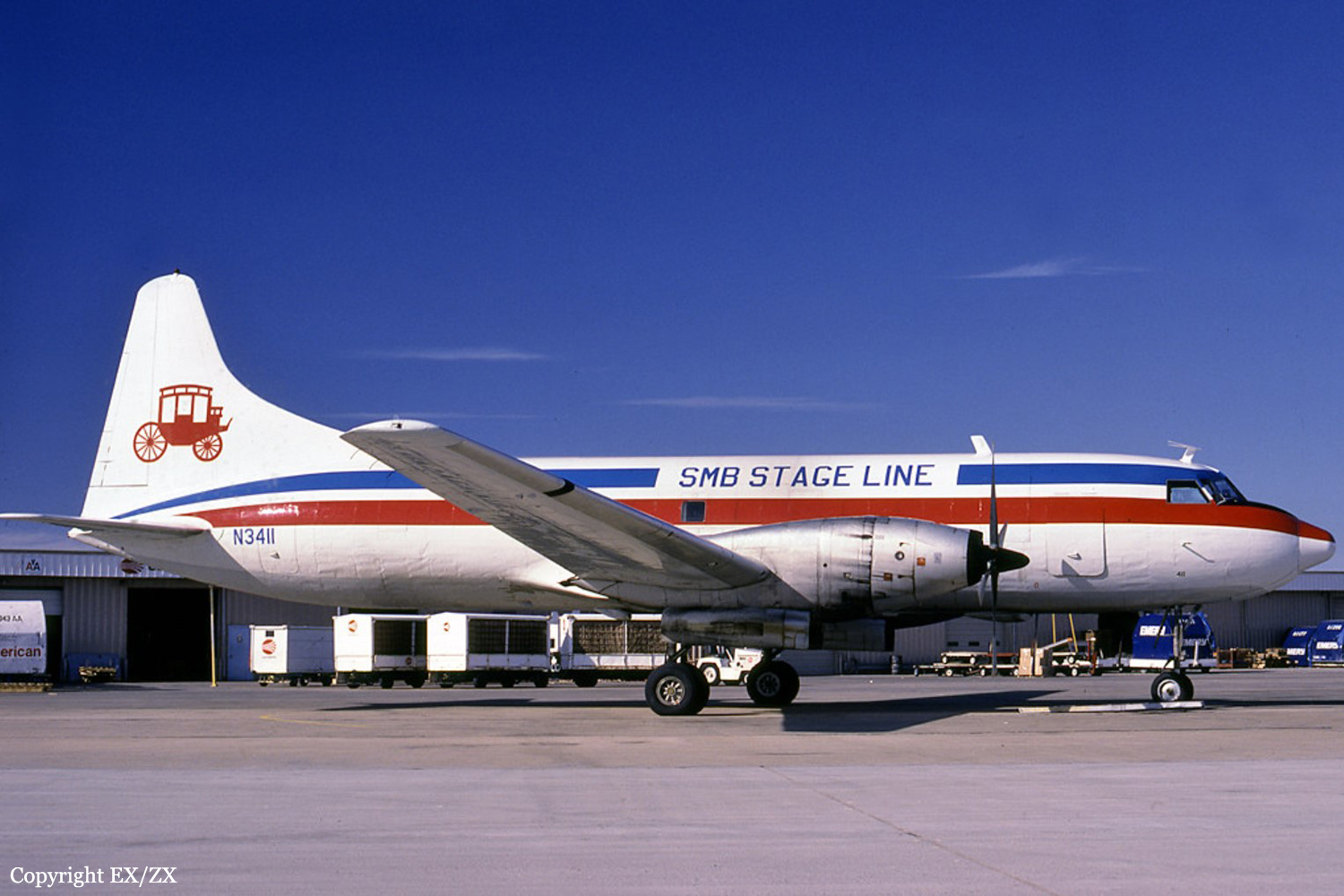
Crash of a Douglas C-47A-20-DK in Memphis: 3 killed
Date & Time:
Aug 11, 1984 at 0101 LT
Registration:
N70003
Survivors:
No
Schedule:
Memphis - Chicago
MSN:
12938
YOM:
1944
Crew on board:
2
Crew fatalities:
Pax on board:
1
Pax fatalities:
Other fatalities:
Total fatalities:
3
Aircraft flight hours:
11247
Circumstances:
Moments after the DC-3 took off, the tower controller noted the left engine was torching and asked the flight if it was 'having a problem.' The crew replied 'affirmative,' then the controller cleared the flight to land on any runway. The aircraft began turning left at the end of the runway and continued turning at low altitude until it struck utility poles and crashed thru a warehouse roof about 2 miles from the airport. A witness reported the aircraft was at an altitude of approximately 100 to 150 feet agl, the left propeller was feathered and the right engine was at full power. An exam of the left engine disclosed the #14 cylinder was missing a spark plug from the front spark plug hole. The spark plug lead and 'b' nut were attached to the ignition harness, but no plug was attached to the lead. The spark plug hole and b-nut threads were undamaged. A white deposit was found inside the cylinder spark plug threads and outside the cylinder, adjacent to the hole. The deposit was identified to contain high concentrations of lead and bromine, most likely formed from exhaust gases and fuel during cylinder operation. A company mechanic reportedly worked on the plugs on the previous day. The aircraft was destroyed and all three occupants were killed.
Probable cause:
Occurrence #1: loss of engine power (partial) - mech failure/malf
Phase of operation: takeoff - initial climb
Findings
1. (f) ignition system, spark plug - loose
2. (f) maintenance - improper - company maintenance personnel
3. (f) ignition system, spark plug - separation
4. Propeller feathering - performed - pilot in command
----------
Occurrence #2: loss of control - in flight
Phase of operation: takeoff
Findings
5. (c) reason for occurrence undetermined
6. Airspeed - not maintained
7. Directional control - not maintained
8. Climb - not possible
----------
Occurrence #3: in flight collision with object
Phase of operation: takeoff
Findings
9. (f) light condition - dark night
10. (f) object - utility pole
11. (f) object - building (nonresidential)
Phase of operation: takeoff - initial climb
Findings
1. (f) ignition system, spark plug - loose
2. (f) maintenance - improper - company maintenance personnel
3. (f) ignition system, spark plug - separation
4. Propeller feathering - performed - pilot in command
----------
Occurrence #2: loss of control - in flight
Phase of operation: takeoff
Findings
5. (c) reason for occurrence undetermined
6. Airspeed - not maintained
7. Directional control - not maintained
8. Climb - not possible
----------
Occurrence #3: in flight collision with object
Phase of operation: takeoff
Findings
9. (f) light condition - dark night
10. (f) object - utility pole
11. (f) object - building (nonresidential)
Final Report:
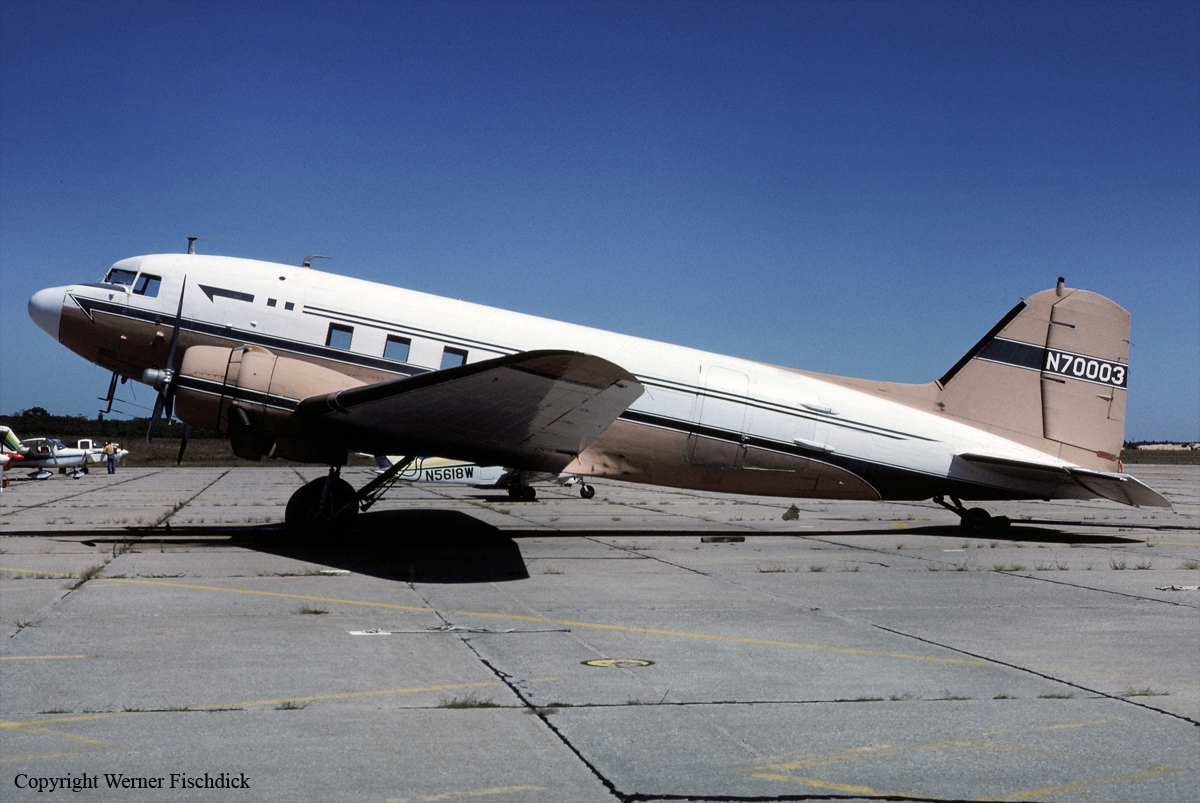
Crash of a Douglas DC-10-10 in Chicago: 273 killed
Date & Time:
May 25, 1979 at 1504 LT
Registration:
N110AA
Survivors:
No
Schedule:
Chicago - Los Angeles
MSN:
46510/22
YOM:
1971
Flight number:
AA191
Crew on board:
13
Crew fatalities:
Pax on board:
258
Pax fatalities:
Other fatalities:
Total fatalities:
273
Captain / Total hours on type:
3000.00
Copilot / Total hours on type:
1200
Aircraft flight hours:
19871
Circumstances:
American Airlines Flight 191, a McDonnell-Douglas DC-10-10, crashed on takeoff from Chicago-O'Hare International Airport, Illinois, USA. The aircraft was destroyed and all 271 occupants were killed. Additionally, two persons on the ground sustained fatal injuries. At 14:59 hours local time Flight 191 taxied from the gate at O'Hare Airport. The flight was bound for Los Angeles, California, with 258 passengers and 13 crew members on board. Maintenance personnel who monitored the flight's engine start, push-back, and start of taxi did not observe anything out of the ordinary. The weather at the time of departure was clear, and the reported surface wind was 020° at 22 kts. Flight 191 was cleared to taxi to runway 32R for takeoff. The company's Takeoff Data Card showed that the stabilizer trim setting was 5° aircraft nose up, the takeoff flap setting was 10°, and the takeoff gross weight was 379,000 lbs. The target low pressure compressor (N1) rpm setting was 99.4 percent, critical engine failure speed (V1) was 139 kts indicated airspeed (KIAS), rotation speed (VR) was 145 KIAS, and takeoff safety speed (V2) was 153 KIAS. Flight 191 was cleared to taxi into position on runway 32R and hold. At 15:02:38, the flight was cleared for takeoff, and at 15:02:46 the captain acknowledged, "American one ninety-one under way." The takeoff roll was normal until just before rotation at which time sections of the No.1 (left) engine pylon structure came off the aircraft. Witnesses saw white smoke or vapor coming from the vicinity of the No. 1 engine pylon. During rotation the entire No. 1 engine and pylon separated from the aircraft, went over the top of the wing, and fell to the runway. Flight 191 lifted off about 6,000 ft down runway 32R, climbed out in a wings-level attitude. About nine seconds after liftoff, the airplane had accelerated to 172 knots and reached 140 feet of altitude. As the climb continued, the airplane began to decelerate at a rate of about one knot per second, and at 20 seconds after liftoff, and an altitude of 325 feet, airspeed had been reduced to 159 knots. At this point, the airplane began to roll to the left, countered by rudder and aileron inputs. The airplane continued to roll until impact, 31 seconds after liftoff, and in a 112-degree left roll, and 21-degree nose down pitch attitude. At 15:04 Flight 191 crashed in an open field and trailer park about 4,600 ft northwest of the departure end of runway 32R. The aircraft was demolished during the impact, explosion, and ground fire. The No.1 engine pylon failure during takeoff was determined to have been caused by unintended structural damage which occurred during engine/pylon reinstallation using a forklift. The engine/pylon removal and reinstallation were being conducted to implement two DC-10 Service Bulletins. Both required that the pylons be removed, and recommended that this be accomplished with the engines removed. The Service Bulletin instructions assumed that engines and pylons would be removed separately, and did not provide instructions to remove the engine and pylon as a unit. Additionally, removal of the engines and pylons as a unit was not an approved Maintenance Manual procedure. The lack of precision associated with the use of the forklift, essentially an inability to perform the fine manipulations necessary to accomplish reinstallation of the engine/strut assembly, in combination with the tight clearances between the pylon flange and the wing clevis resulted in damage to the same part that had just been inspected. Inspections of other DC-10 pylon mounts following the accident resulted in nine additional cracked mounts being identified.
Probable cause:
The asymmetrical stall and the ensuing roll of the aircraft because of the uncommanded retraction of the left wing outboard leading edge slats and the loss of stall warning and slat disagreement indication systems resulting from maintenance-induced damage leading to the separation of the no.1 engine and pylon assembly procedures which led to failure of the pylon structure. Contributing to the cause of the accident were the vulnerability of the design of the pylon attach points to maintenance damage; the vulnerability of the design of the leading edge slat system to the damage which produced asymmetry; deficiencies in FAA surveillance and reporting systems which failed to detect and prevent the use of improper maintenance procedures; deficiencies in the practices and communications among the operators, the manufacturer, and the FAA which failed to determine and disseminate the particulars regarding previous maintenance damage incidents; and the intolerance of prescribed operational procedures to this unique emergency.
Final Report:
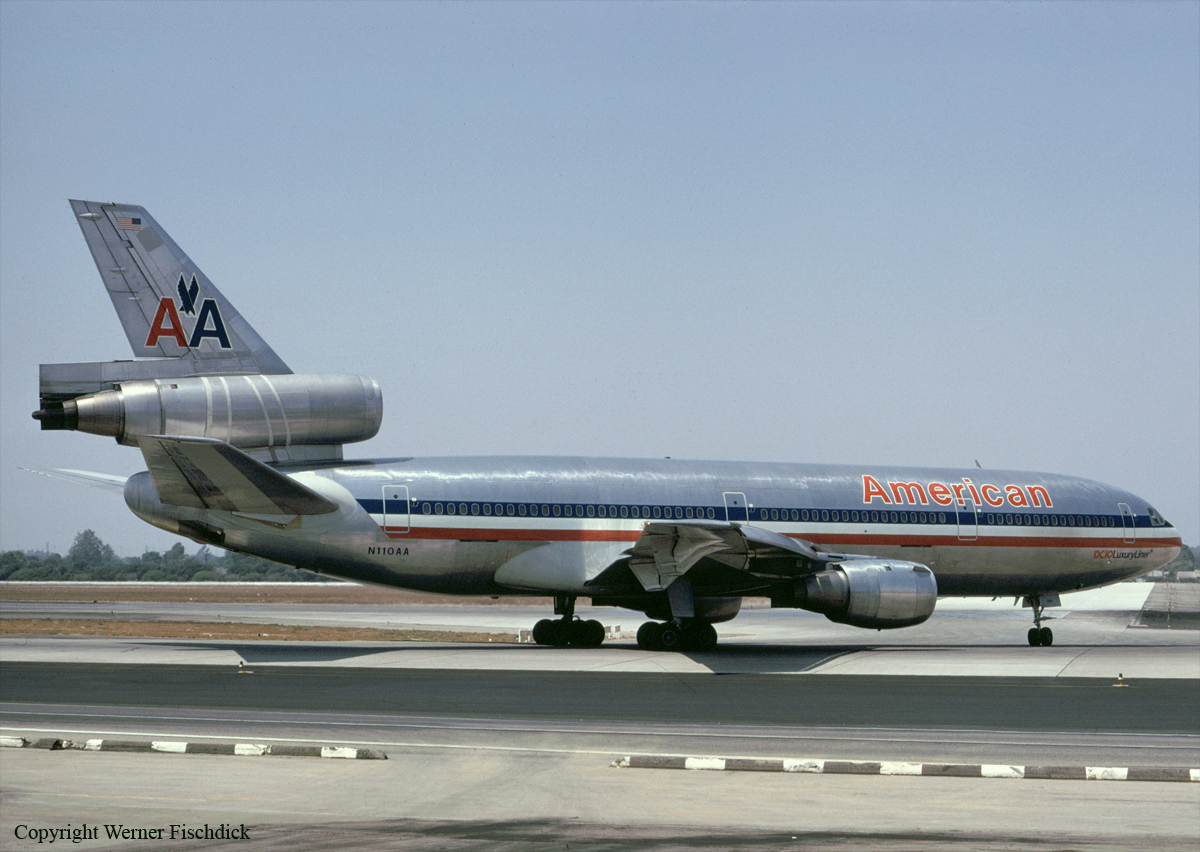

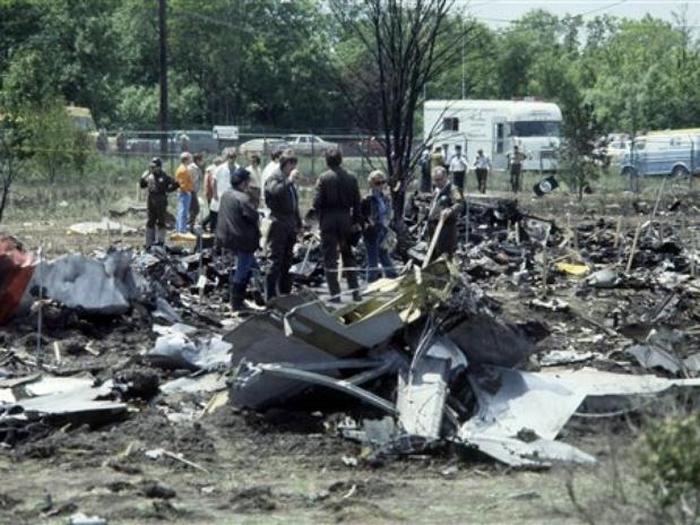
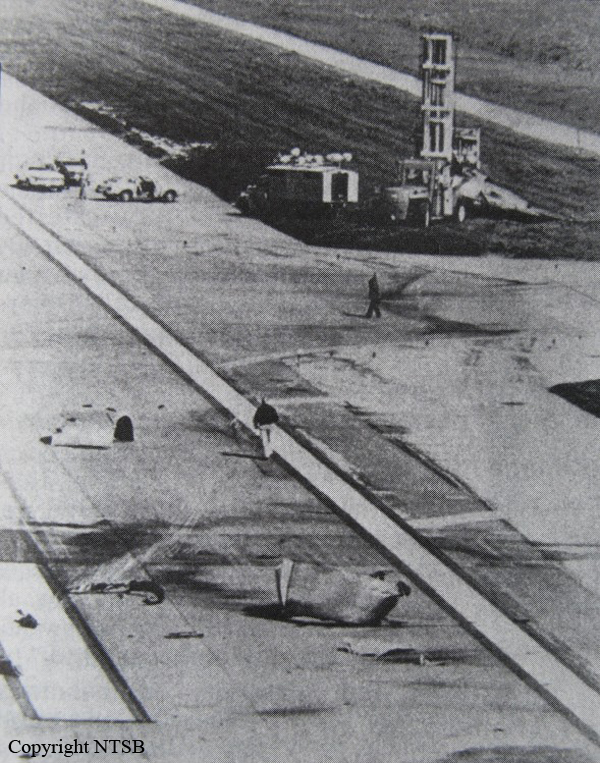
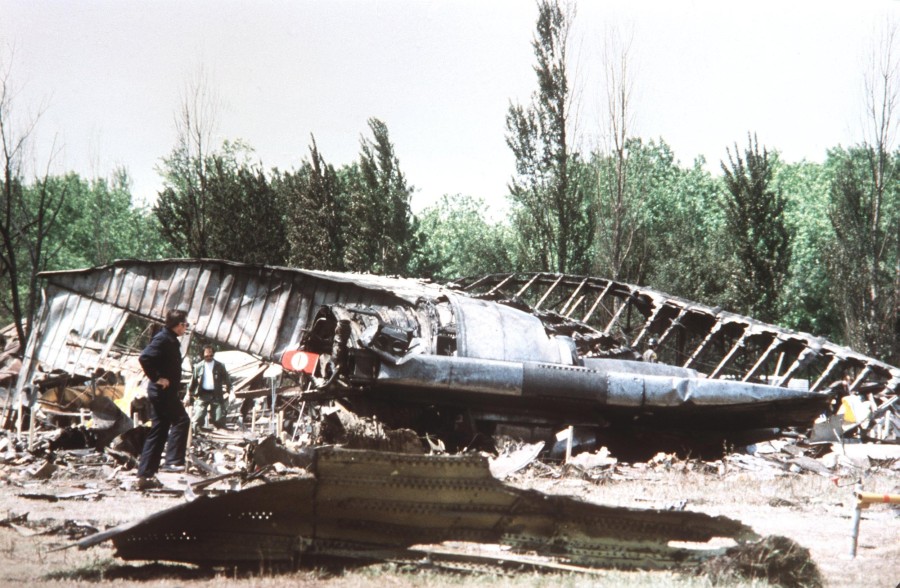

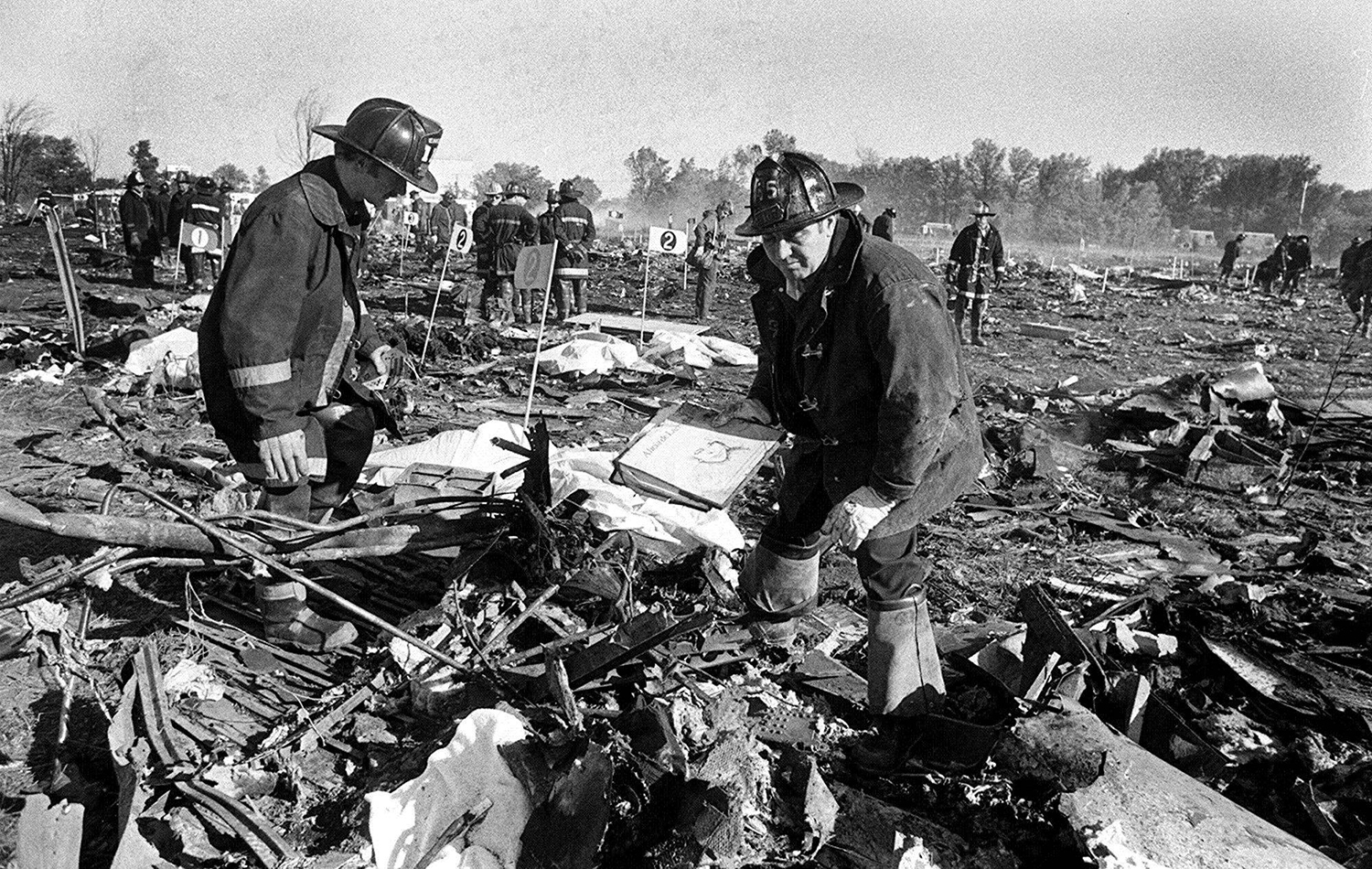
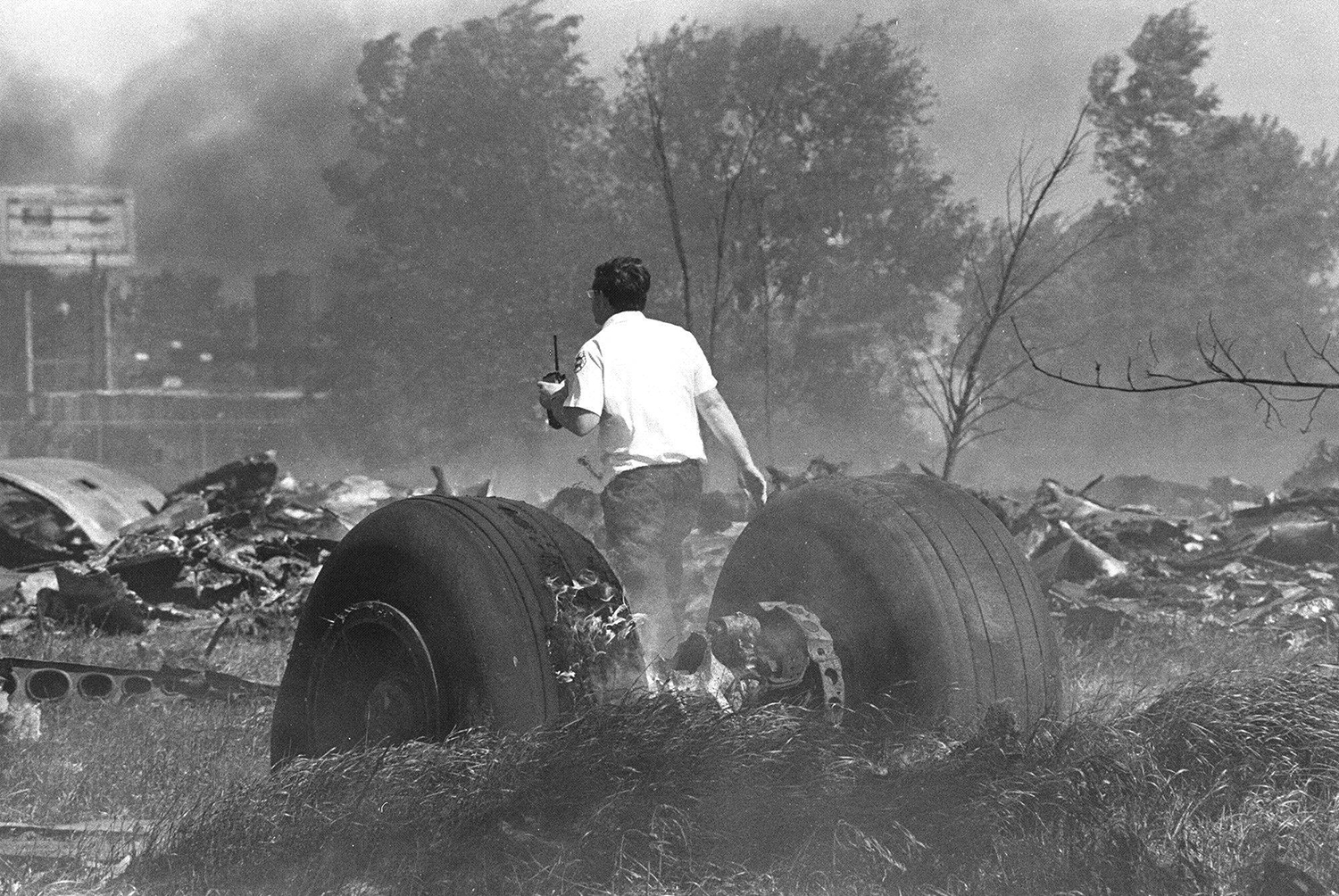

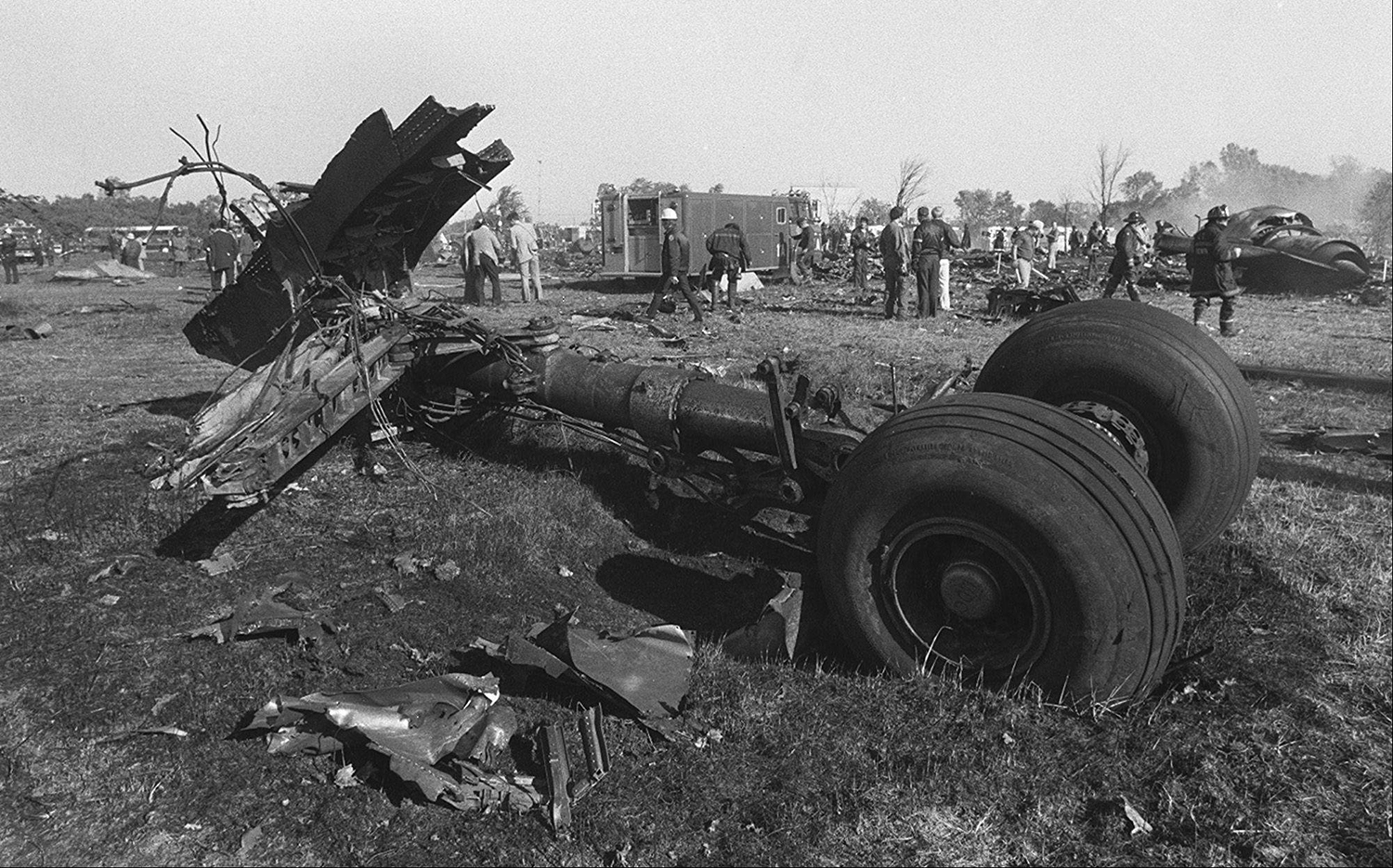
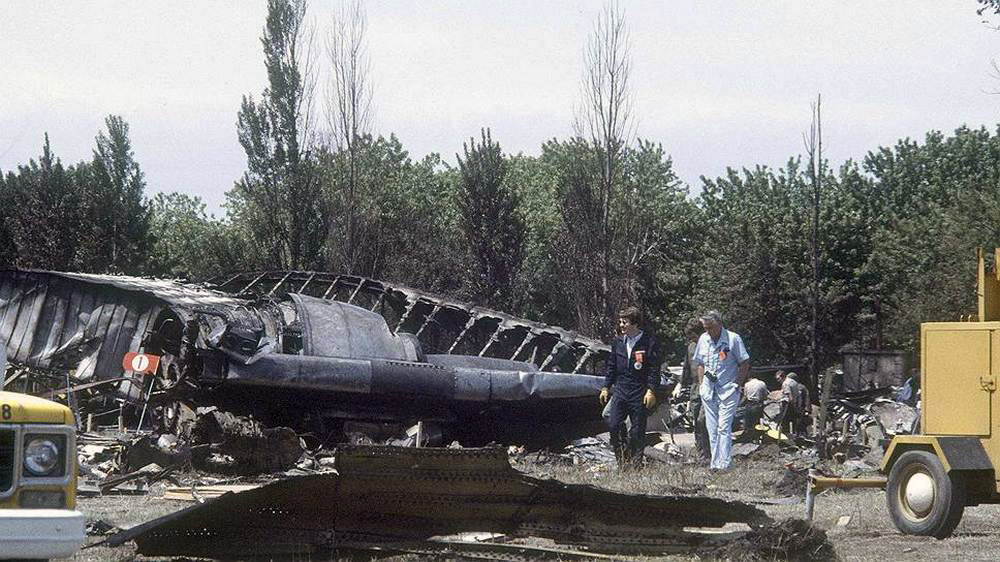
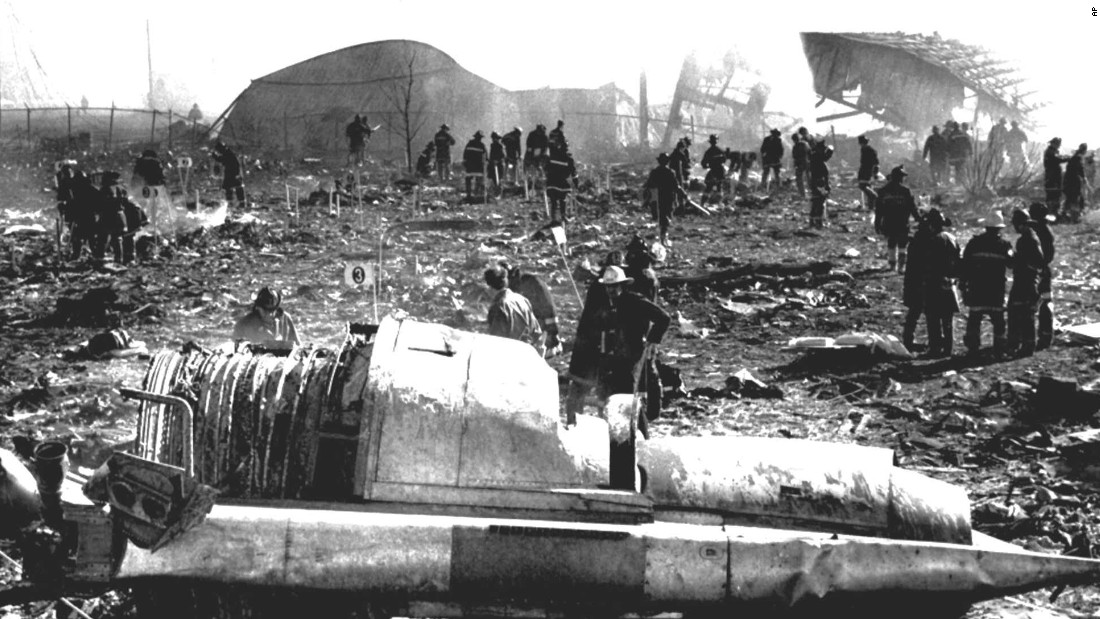
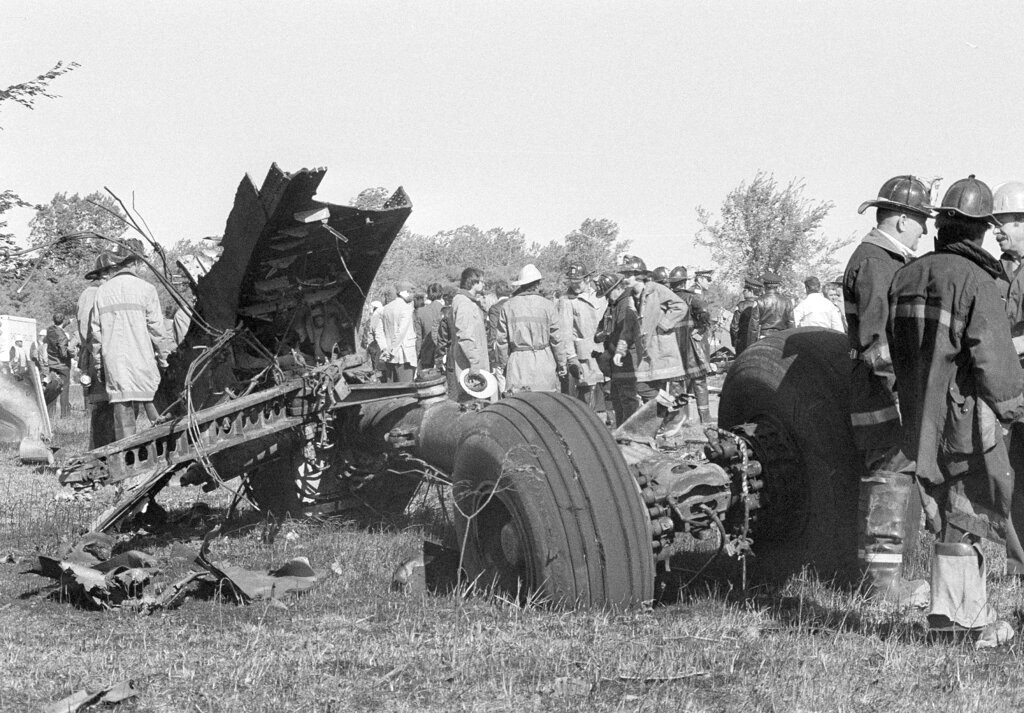
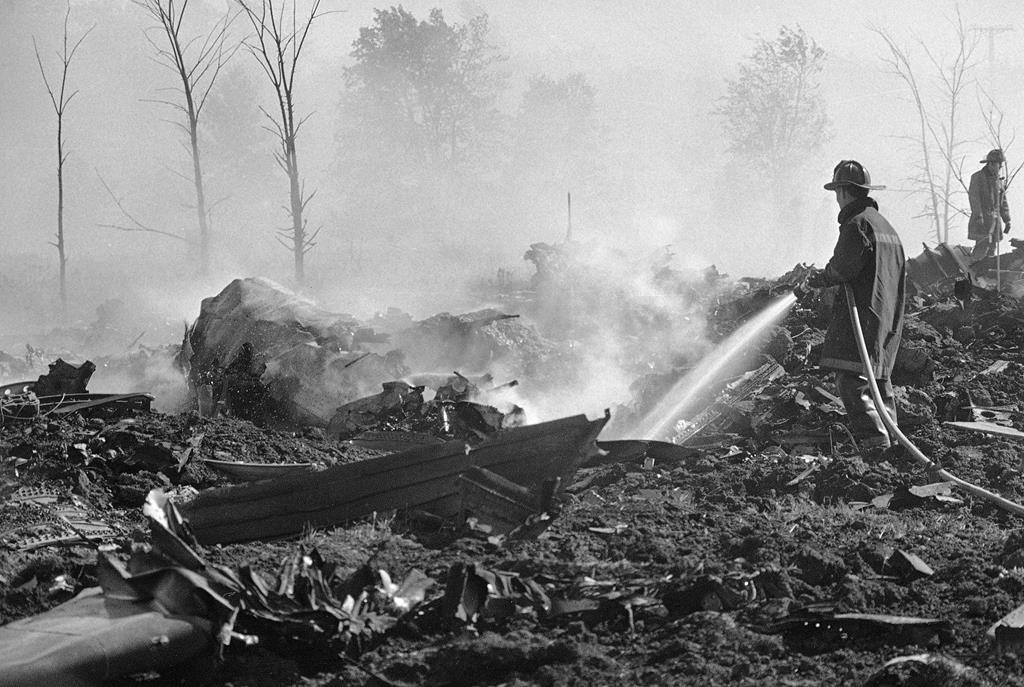
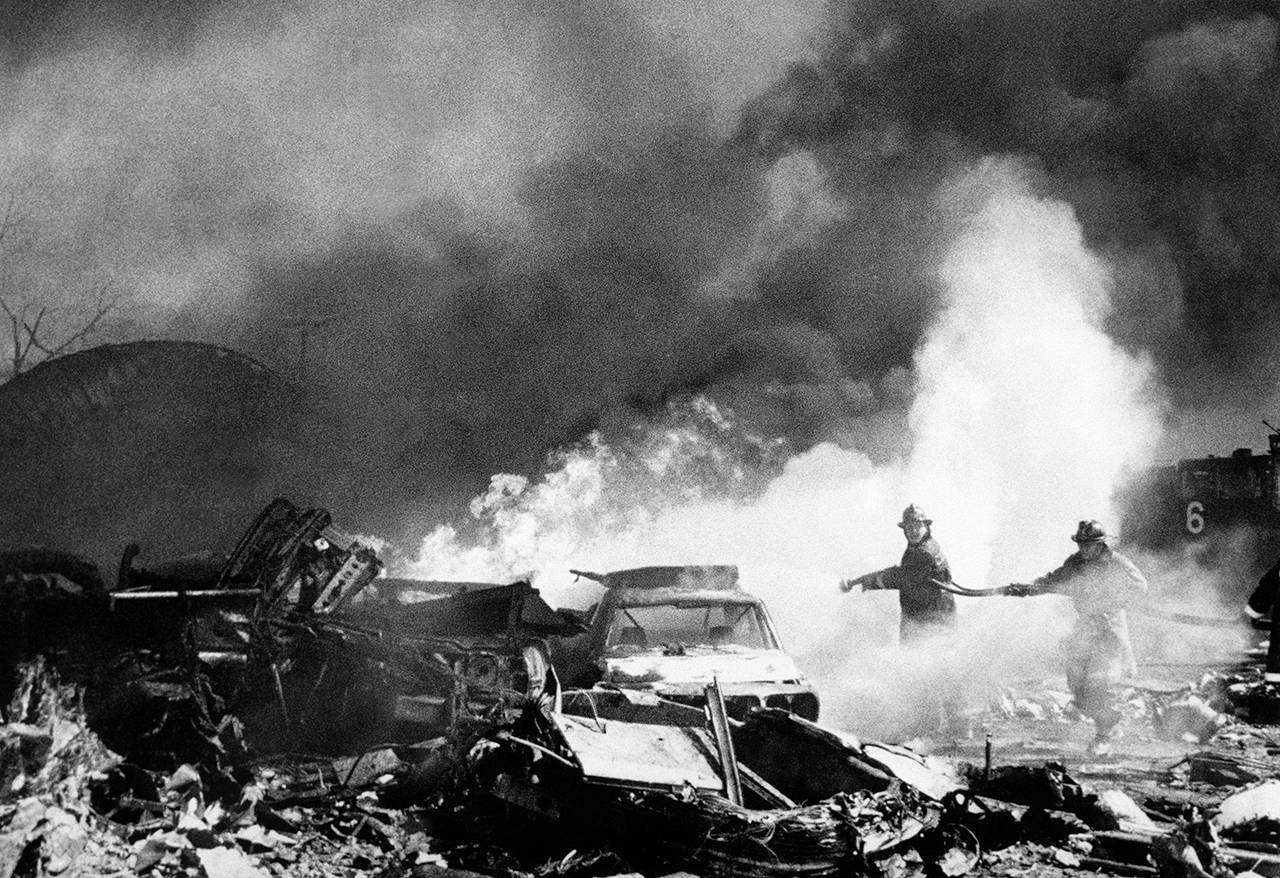
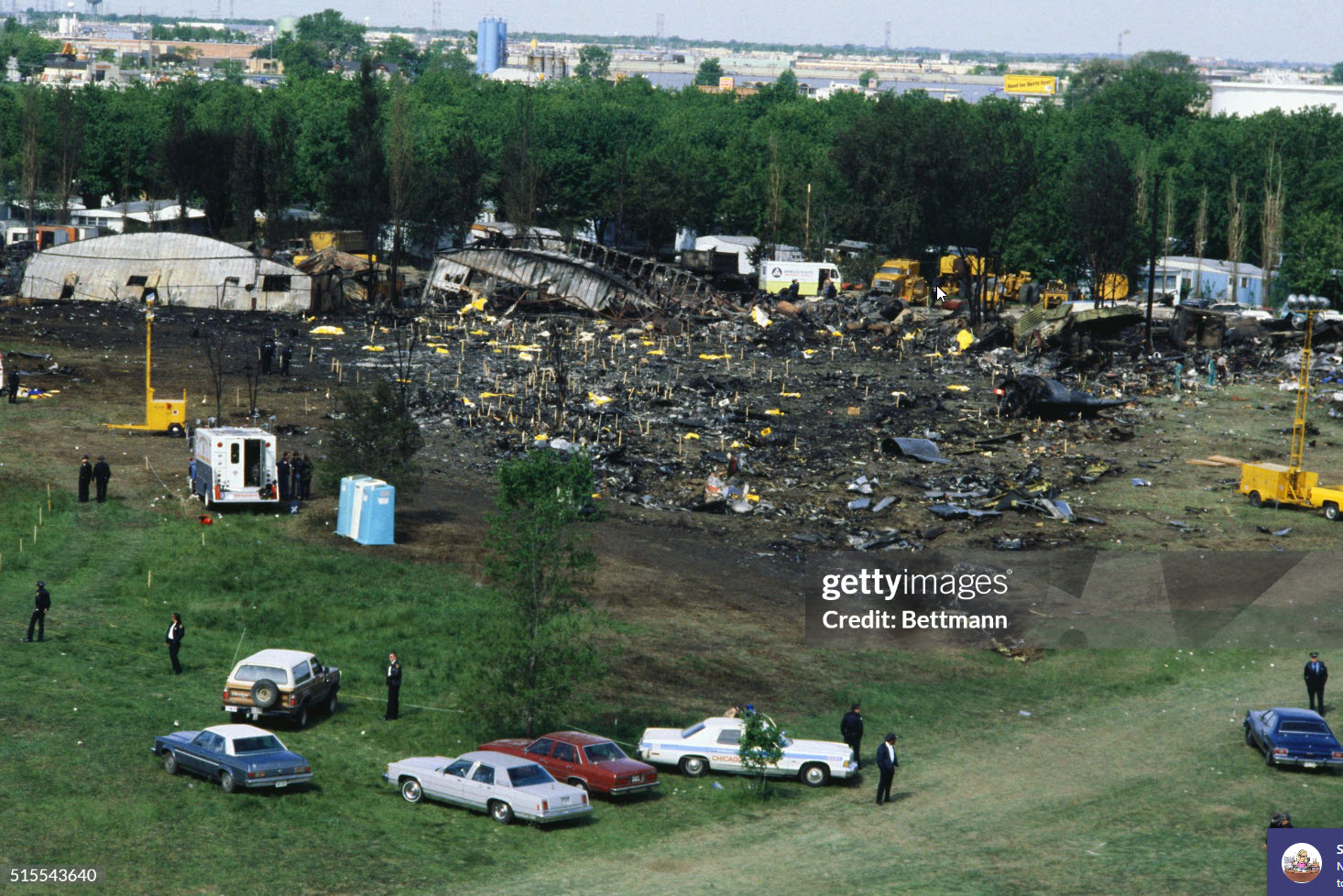
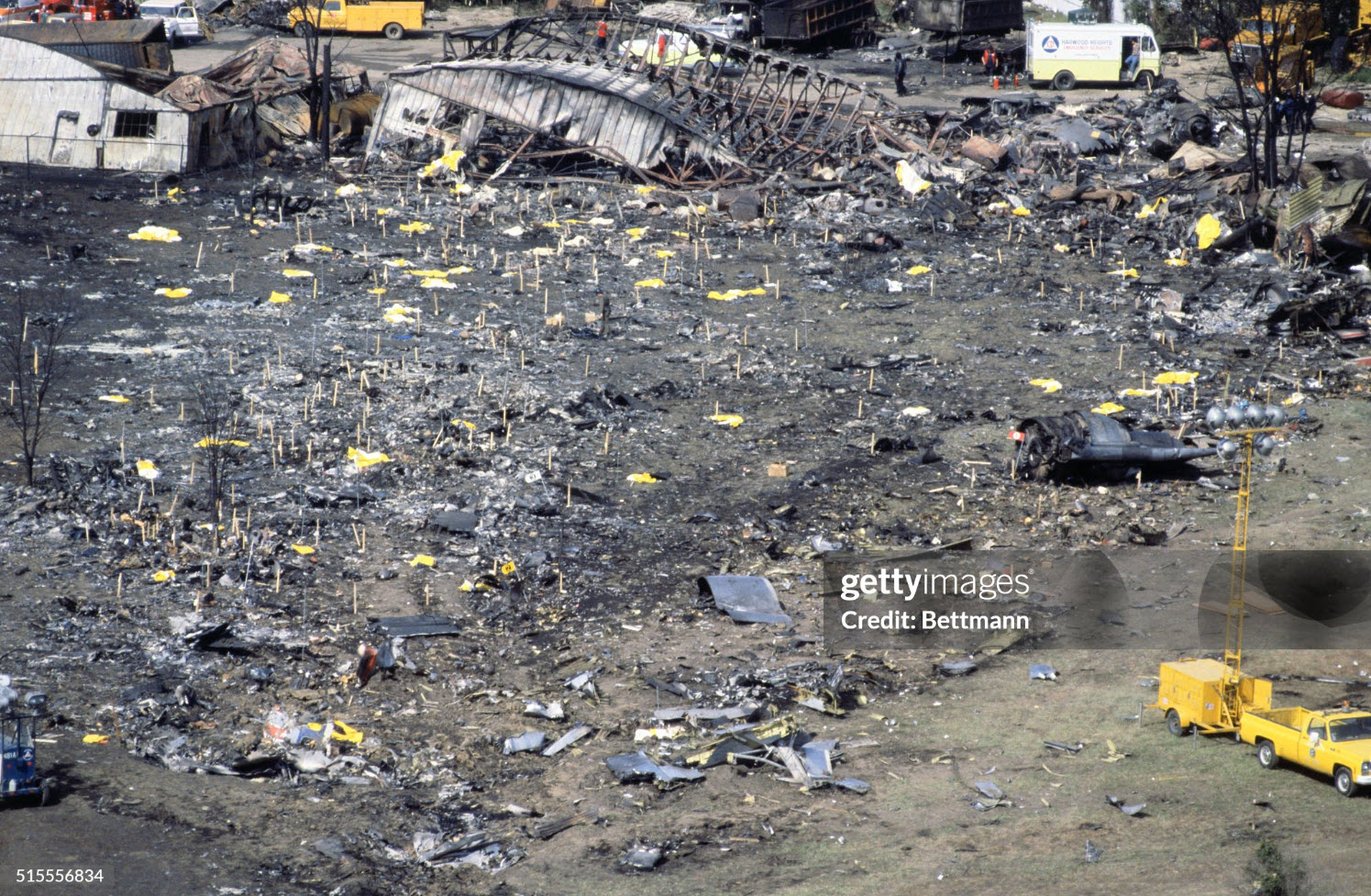
Crash of a Beechcraft E18 in Chicago
Date & Time:
Apr 3, 1979 at 0439 LT
Registration:
N1234G
Survivors:
Yes
Schedule:
Chicago - Indianapolis
MSN:
BA-21
YOM:
1954
Crew on board:
1
Crew fatalities:
Pax on board:
0
Pax fatalities:
Other fatalities:
Total fatalities:
0
Captain / Total hours on type:
3060.00
Circumstances:
At liftoff, the twin engine airplane stalled and crashed in flames. The pilot, sole on board, was injured. He was en route to Indianapolis.
Probable cause:
Uncontrolled collision with ground during initial climb due to vortex turbulence. The pilot failed to follow approved procedures.
Final Report:
Crash of a Beechcraft D18S in Chicago
Date & Time:
Aug 8, 1978 at 1957 LT
Registration:
N79R
Survivors:
Yes
Schedule:
Janesville - Chicago
MSN:
A-965
YOM:
1953
Crew on board:
1
Crew fatalities:
Pax on board:
0
Pax fatalities:
Other fatalities:
Total fatalities:
0
Captain / Total hours on type:
529.00
Circumstances:
Following an improper level off, the twin engine airplane landed hard, bounced several times and crash landed after the undercarriage collapsed. The pilot, sole on board, was unhurt.
Probable cause:
Gear collapsed upon landing following a hard landing due to improper level off and improper recovery from bounced landing. Overload failure was a contributing factor.
Final Report:



